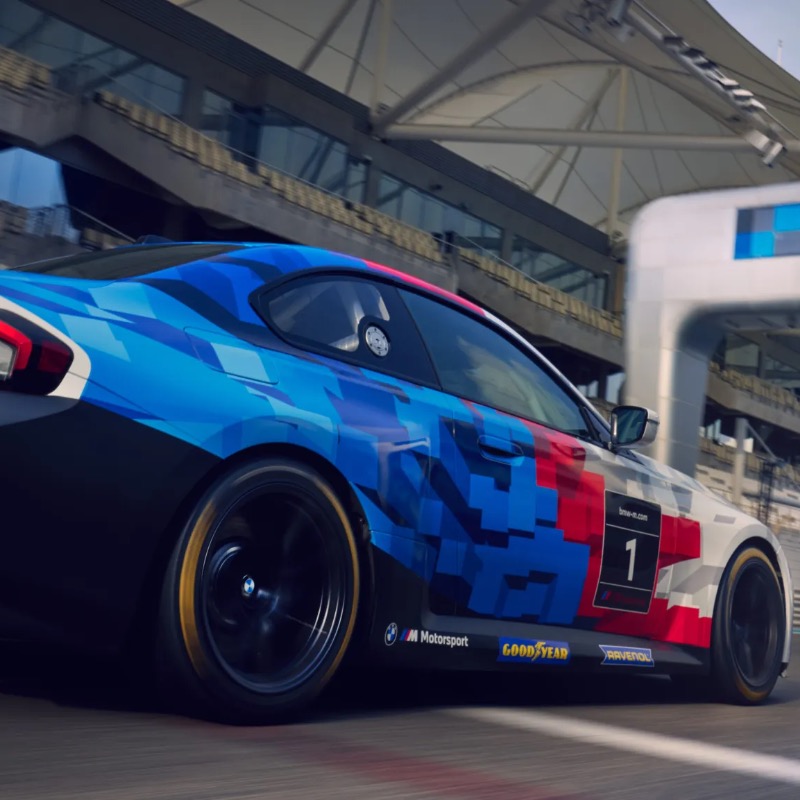There was a time in American automotive history when marques like Duesenberg, Packard, and Cadillac were the equal of anything from Europe, playing in the same elite circle as Rolls-Royce, Bugatti, Isotta Fraschini, or Hispano Suiza. But no American car was as coveted then—and by collectors today—as Duesenberg, whose coach-built creations represented the pinnacle of performance, luxury, and exclusivity.
In 1913, the Duesenberg Motors Company was founded in Saint Paul, Minnesota, by brothers Fred and August Duesenberg. They moved to Indianapolis, Indiana, in 1920 and set up the Duesenberg Automobile & Motors Company, producing a then-state-of-the-art Model A that featured a powerful straight-eight engine and hydraulic brakes on all four wheels. The brothers proved their mettle by building and winning with race cars too. Despite their accomplishments, the two men struggled to keep the operation in business, and it was acquired by Errett Lobban Cord in 1926.
Cord set about building the Duesenberg Model J, giving it a formidable 420 ci straight-eight engine, which was manufactured by Lycoming (another Cord company) and recognisable by its tree frog-green engine block. With dual overhead cams and four valves per cylinder, it developed 265 hp and was good for a top speed of about 91 mph. Alas, the Great Depression crashed everyone’s party. Automaker Duesenberg declared bankruptcy in 1937, with about 445 Model J and 26 supercharged Model SJ examples built.

Image courtesy of Bonhams
The big Duesys were available with semi-custom body designs from LaGrande, the company’s in-house shop, in addition to American coach-builders like Murphy, Judkins, and LeBaron offering “catalogue” styles from which customers could choose. Yet with such an exceptional pedigree, the Duesenberg J chassis was often clothed with the best European coachwork as well. Whichever body it wore, a Duesenberg J was the most expensive stateside model of its time, with completed cars costing from US$14,000 (HK$109,470) to US$20,000 (HK$156,385).

Image courtesy of Bonhams
On 25 January, Bonhams comes to the Westin Kirkland Resort & Spa in Scottsdale, Arizona, with a particularly glamorous Duesenberg Model J. Wearing a convertible-sedan body by Carrosserie Franay of Paris, it features a dual-windscreen design (one each for front and rear passengers) and comes with some very notable provenance. Most European customers acquired their cars from the Parisian showroom of Motor Deluxe, the leading overseas outlet for Duesenberg, which sold 14 Model Js between October and January, following the 1931 Paris Salon. One of the cars shown there was Chassis No. 2465 (Engine No. J-446), a long-wheelbase Model J that was purchased by Her Majesty Queen Maria of Yugoslavia. Apparently, the queen was impressed with her acquisition, as her Lady of Honour wrote to the company expressing satisfaction with the car’s “grand comfort, remarkable suppleness, and supreme elegance.”

Image courtesy of Bonhams
An interim owner or two followed, and the car was in Maryland by 1941. Prior to, or after, its arrival in the US, the original flowing fenders were replaced with more sporting pontoon-style fenders and floating running boards, which remain on the car today. Importantly, this Duesenberg J retains its original body, engine, and chassis. An extensive restoration, completed in 1996, was followed by numerous concours awards, including the Pre-War Touring Class award at the Louis Vuitton Classic at Rockefeller Center, First in Class at the CCCA Annual Experience at Hickory Corners, and the Meadowbrook Memorial Trophy at the 1997 Meadowbrook Concours.

Image courtesy of Bonhams
In 2002, the current owner acquired the car, which went on to take second in class at the 2005 Concorso d’Eleganza Villa d’Este. Finished in black with a red interior and chrome wire wheels, it also features a radiator grill adorned with a Lalique crystal Chrysis mascot. The vehicle is estimated to fetch as much as US$3 million (HK$23.4 million).









